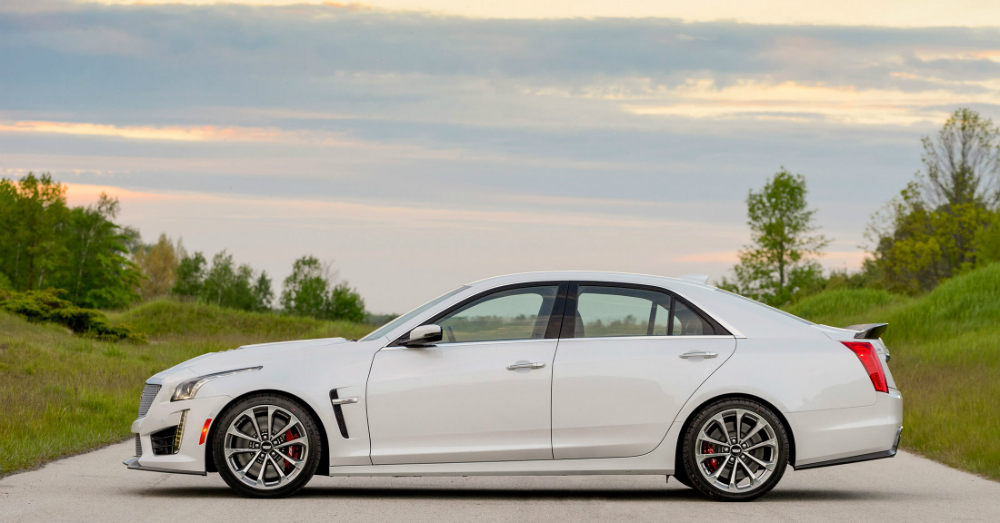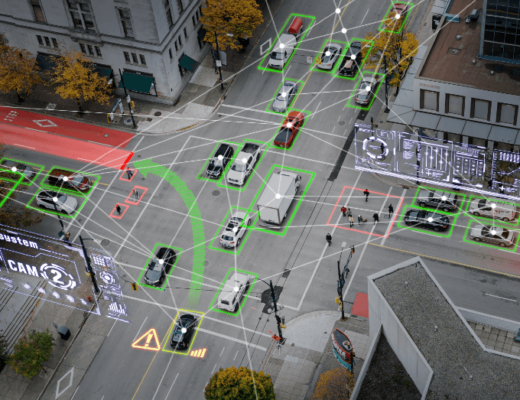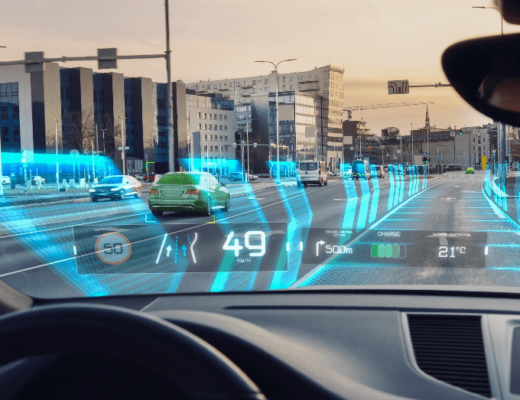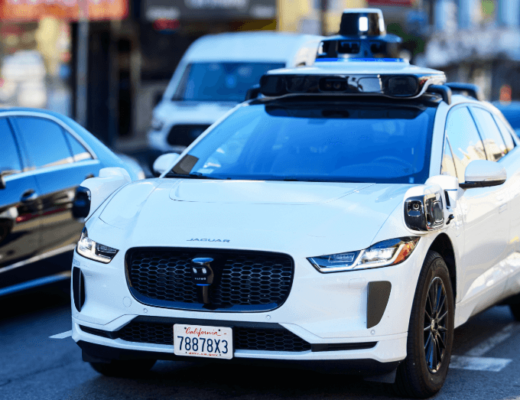Who would have thought when radio waves and signals began transmitting through the airwaves that at some point we would have an airspace that was completely congested, but that seems to be where we are. Not only are the airwaves becoming more congested with signals for radio, television and cell phones, but for the past sixteen years there has been a part of the airspace that has been reserved for the automotive industry. This space hasn’t been significantly used since it was on reserve at the beginning of the decade, but it seems the auto industry is on the verge of finally putting it to use.
This airspace that’s reserved for the automotive industry is supposed to be where Vehicle to Vehicle (V2V) communication takes place. Vehicles that are equipped with this technology will be able to communicate with each other and with traffic signals to make driving much safer, but since the airspace has been left unused for over a decade the cable television and high tech industries are lobbying the FCC to free up this space for their use. Fortunately, the NHTSA has control of this airspace for now and has so far kept the FCC from being able to take any of it.
What seems to be the dilemma? If the FCC were to have some of this space then it could be clogged up with signals that slow down the transmission from the V2V connections. With V2V in place cars are able to transmit their current position, speed and direction of travel as much as ten times per second. This allows other vehicles that are equipped with the same technology to be able to know if a car is going to be in danger of colliding with them and engage systems that are able to avoid this collision altogether.
An example of how V2V can help vehicles occurred earlier in the year when a Tesla Model S with the Auto Pilot system turned on crashed into a trailer. This crash would have been avoided if both vehicles were equipped with V2V because this system is able to range out around 1,000 yards in all directions even when sight lines would be blocked for cameras and radar based systems. This makes V2V an invaluable piece of technology and something that needs to be able to work properly at all times.
That’s part of the real fear for the NHTSA is the fact that this air space could become jumbled with signals that have nothing to do with vehicle safety. The question is, what’s more important, vehicle safety or faster internet or cable speeds? This seems to be an easy question to answer, but the argument from the FCC is the fact that the space hasn’t been used at all. It seems we need to have vehicles on the road equipped with V2V soon in order to show the use of this airspace and the beginning of the development of a new technology in use.
Thankfully there is a plan in place to have the Cadillac CTS equipped with V2V technology in the near future, even as early as later this year. This would be the beginning of the next step toward fully autonomous vehicles. The need for this airspace to be clear is obvious, V2V technology will be transmitting at nearly 100 times the speed of a typical cell phone signal and it would need to be clear in order to make use of the technology appropriately. Hopefully the White House will continue to leave this airspace clear for the automotive industry to make use of it.
If V2V technology and fully autonomous vehicles are developed traffic flows could be much better with vehicles travelling in packs together at higher speeds. This communication is even able to be used for traffic signals to allow more efficient use of them and create a way to keep the number of vehicle accidents to a minimum. This airspace certainly needs to be left open for the automotive industry and the FCC needs to look for other means of giving higher speeds of internet rather than concerning itself with this airspace that s been reserved for the NHTSA and the automotive V2V technology.
This post may contain affiliate links. Meaning a commission is given should you decide to make a purchase through these links, at no cost to you. All products shown are researched and tested to give an accurate review for you.




